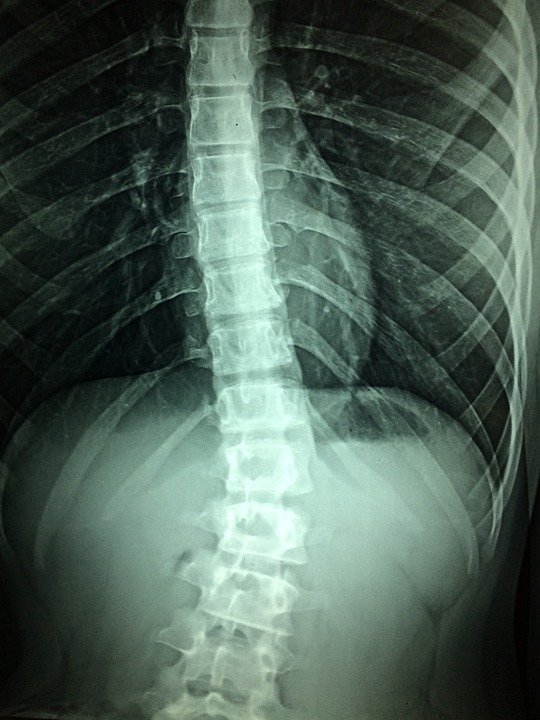
The cerebellum, often referred to as the “little brain,” is a small but mighty structure located at the back of the brain, just above the brainstem. Despite its size, the cerebellum plays a crucial role in our motor control, coordination, balance, and even cognitive functions. Often overshadowed by the larger and more well-known parts of the brain, such as the cerebral cortex, the cerebellum is truly the unsung hero of the brain.
One of the main functions of the cerebellum is to coordinate and regulate motor movements. It receives input from various parts of the brain, such as the cerebral cortex and brainstem, and integrates this information to fine-tune our movements. For example, when we reach out to grab a cup of coffee, the cerebellum is responsible for ensuring that our arm movements are smooth and coordinated, without any jerky or uncontrolled movements. Damage to the cerebellum can result in ataxia, a condition characterized by a lack of coordination and balance.

In addition to motor control, the cerebellum also plays a role in cognitive functions such as attention, language, and emotional regulation. Recent research has shown that the cerebellum is connected to the prefrontal cortex, the part of the brain responsible for higher-order cognitive functions. This suggests that the cerebellum may play a role in our ability to focus, plan, and make decisions. Furthermore, studies have also shown that the cerebellum is involved in language processing, with damage to this area resulting in speech and language difficulties.
Despite its importance, the cerebellum has long been overlooked in neuroscience research. This is partly due to its small size and location at the back of the brain, which makes it difficult to study using traditional imaging techniques. However, advances in neuroimaging technology, such as functional magnetic resonance imaging (fMRI) and diffusion tensor imaging (DTI), have allowed researchers to better understand the structure and function of the cerebellum.

One of the most fascinating aspects of the cerebellum is its ability to learn and adapt to new information. This is known as cerebellar plasticity, and it allows the cerebellum to fine-tune our movements and motor skills based on our experiences. For example, when we learn to ride a bike or play a musical instrument, the cerebellum is actively involved in coordinating our movements and adjusting them based on feedback from our environment.
Furthermore, the cerebellum is also involved in motor learning, a process by which we acquire new motor skills through practice and repetition. Studies have shown that damage to the cerebellum can impair our ability to learn new motor tasks, highlighting the crucial role of this structure in motor skill acquisition.

In conclusion, the cerebellum is truly the unsung hero of the brain. Despite its small size, this structure plays a crucial role in our motor control, coordination, balance, and cognitive functions. As our understanding of the cerebellum continues to grow, we can uncover the secrets of this fascinating structure and appreciate its importance in our everyday lives.

Discover more from Bibliobazar Digi Books
Subscribe to get the latest posts sent to your email.


